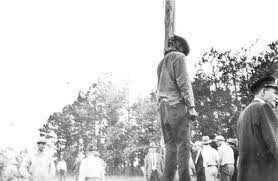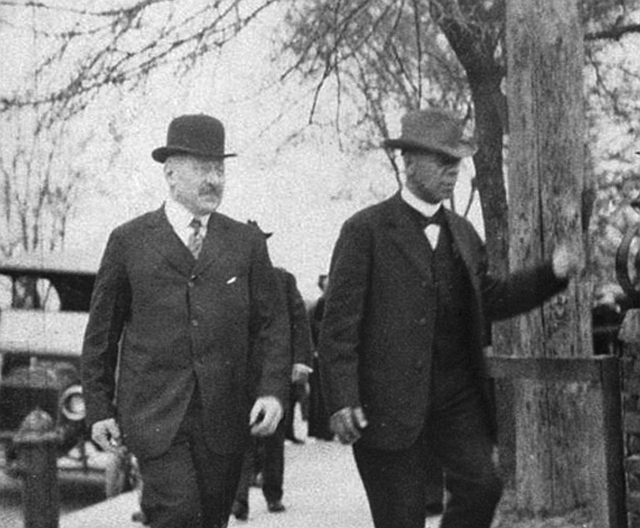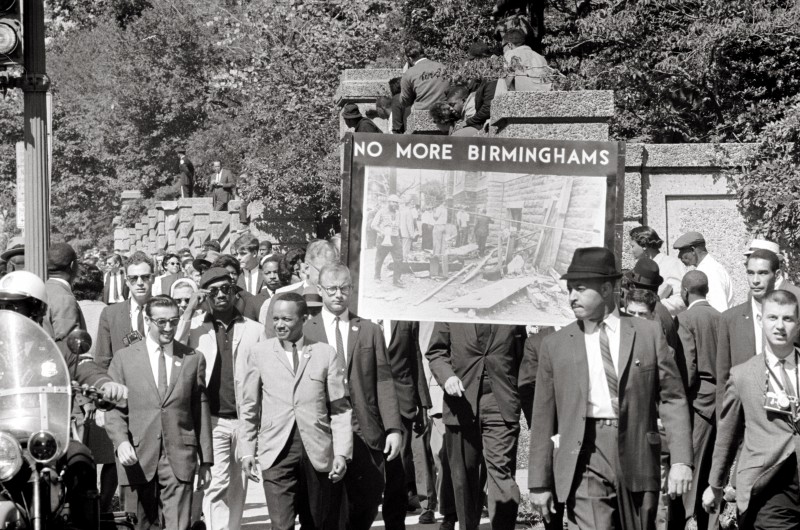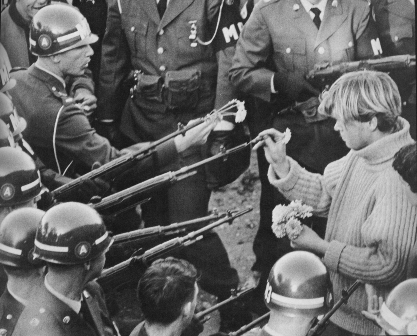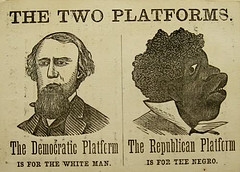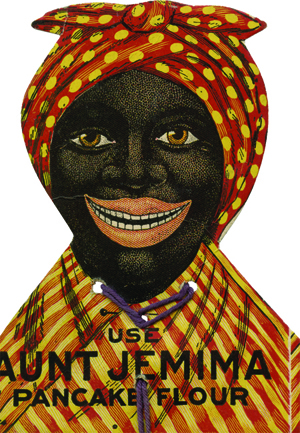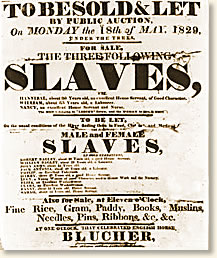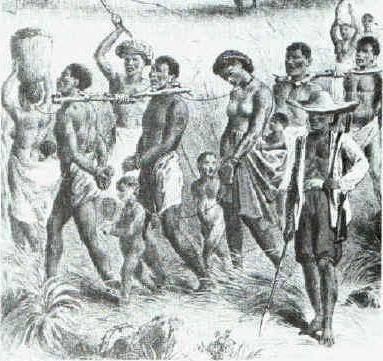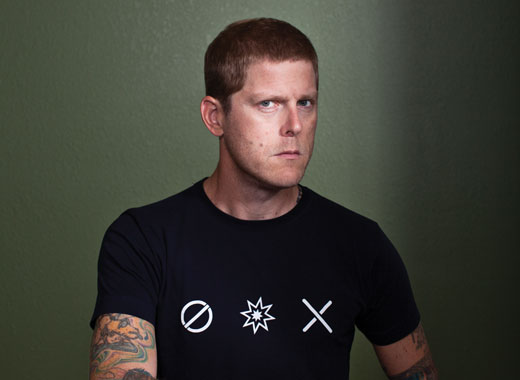Galleries
John Carter: A Scapegoat for Anger
In 1927, a frenzied white mob in Little Rock, Arkansas, was focused on revenge. A little white girl had been murdered and they wanted to lynch whoever did it. When they grabbed a black man, they knew he wasn’t the killer. Still, they thought he’d done something else that made them mad. John Carter was their scapegoat: he paid the price for something he didn’t do.
Read MoreThe Rosenwald Schools: An Impressive Legacy of Black-Jewish Collaboration for Negro Education
Between 1912 and 1932, nearly 5,000 “Rosenwald schools” for black children were established in the South. The money to start them came from a Jewish donor, Julius Rosenwald, who collaborated with Booker T. Washington. By 1932, about one-third of black students in the South were attending Rosenwald schools. In addition to 4,977 schools, Rosenwald contributed to 217 homes for teachers. He also established 163 machine shops where students learned practical skills.
Read MoreTurning the Tables on Civil Rights: The 1970s and 1980s
Why didn’t the Civil Rights Movement end racism in America? The social movements of the 1960s achieved some important changes for civil rights, women’s rights, and the environment. However, not everyone agreed with these changes. During the 1970s and 1980s, opponents started a movement of their own. Their goal was to overturn the gains of the 1960s.
Read MoreSocial Movements and Organizations of the 1960s, 70s and 80s
The 1960s saw an upsurge in civil rights and other organizations promoting freedom and equality for blacks and women. The 1970s brought a backlash against those movements by well-funded and well-placed organizations of the Right seeking more freedom for corporations and a return to traditional roles for women. In the 1980’s, hip-hop and punk rock music expressed anger at “The Power” through their lyrics instead of through actions to change laws.
Read MorePolitical Parties in Black and White
How the first African American voters started out with the Republican Party – and how most ended up voting with the Democratic Party today.
Read MoreHateful Things: An Exhibit from the Jim Crow Museum of Racist Memorabilia
In 2006, ABHM brought the traveling exhibit “Hateful Things” from the Jim Crow Museum of Racist Memorabilia. Two Milwaukee teens made this excellent short video about the exhibit and what they learned from it. In this exhibit you can see racist memorabilia and visit the Jim Crow Museum.
Read MoreA 1859 Slave Auction in Savannah, as Reported by the New York Tribune
In early March 1859 an enormous slave action took place at the Race Course three miles outside Savannah, Georgia. Four hundred thirty-six slaves were to be put on the auction block including men, women, children and infants. Word of the sale had spread through the South for weeks, drawing potential buyers from North and South Carolina, Virginia, Georgia, Alabama and Louisiana. All of Savannah’s available hotel rooms and any other lodging spaces were quickly appropriated by the influx of visitors. In the days running up to the auction, daily excursions were made from the city to the Race Course to inspect, evaluate and determine an appropriate bid for the human merchandise on display.
Read MoreEyewitness Account: The Kidnapping of Africans for Slaves
In this exhibit Dr. Alexander Falconbridge describes what he saw and heard about how slaves were captured inland and sold on the coast to slave traders.
Read MoreLife After Hate: A Former White Power Leader Redeems Himself
Arno Michaels grew up as a gifted child of privilege. In his teens he became a white-power extremist, a leader of skinheads. Today he is an international activist for peace, justice, and basic human kindness. Read his story and watch a video about his transformation and redemption.
Read MoreWhat I Saw Aboard a Slave Ship in 1829
The importation of slaves was outlawed by England in 1807 and by the USA in 1808. Slaves could still be held and bred in the two countries, but no new slaves could be brought from Africa. The British and American navies patrolled the west coast of Africa. They stopped suspected slave traders and took hold of ships where slaves were found. Then they returned their human cargo to Africa. Rev. Robert Walsh served on one of the patrol ships. This is his eyewitness report.
Read More